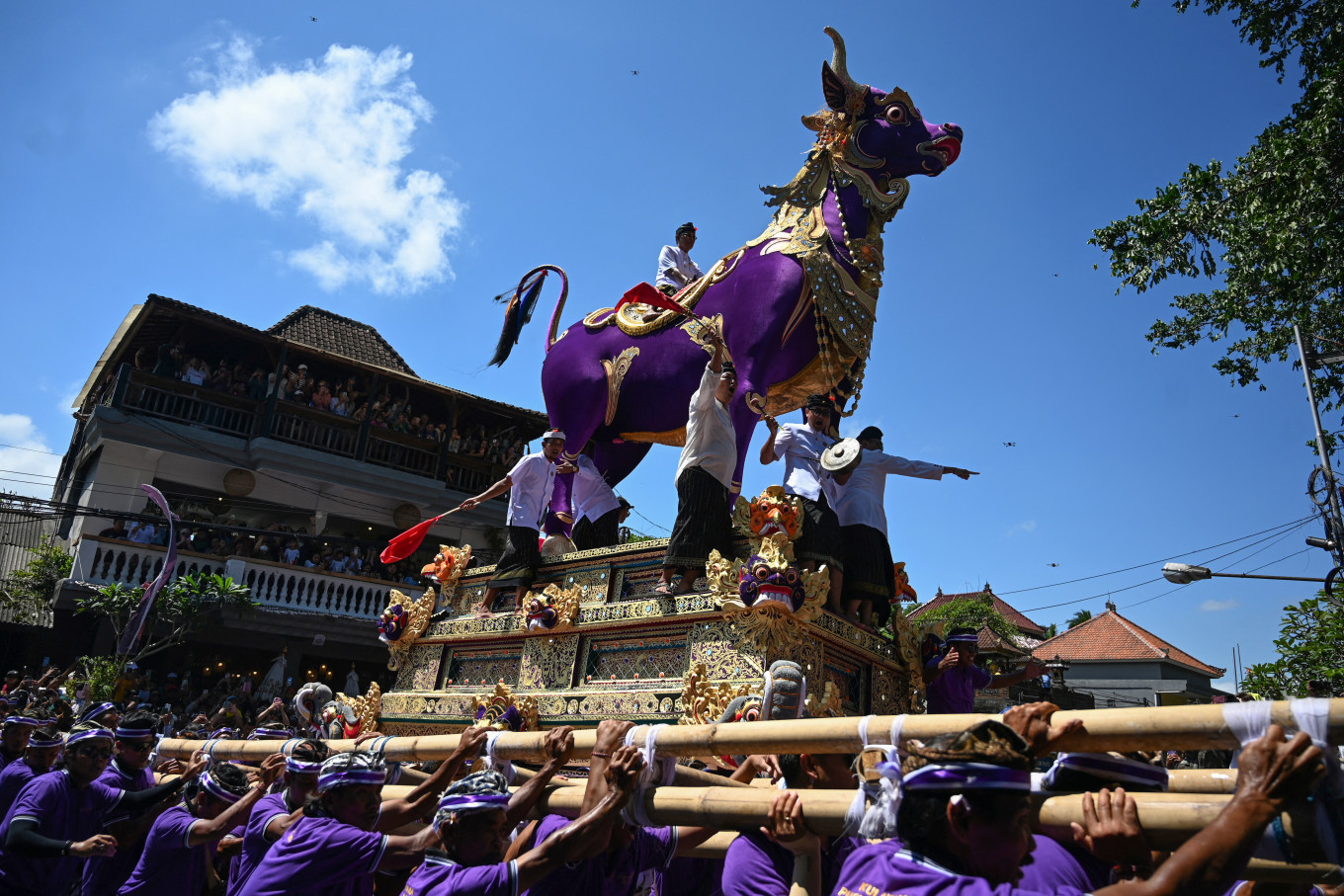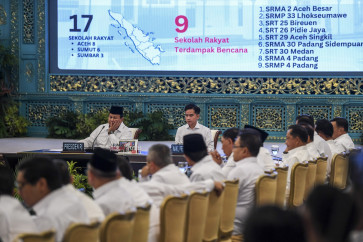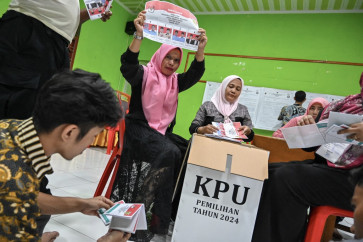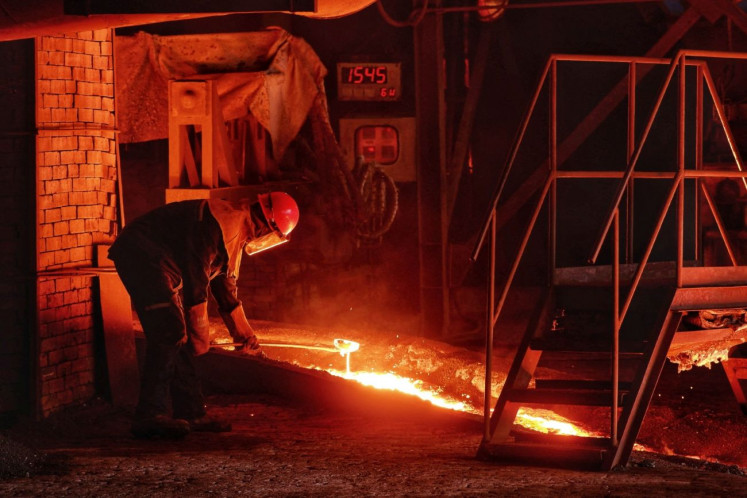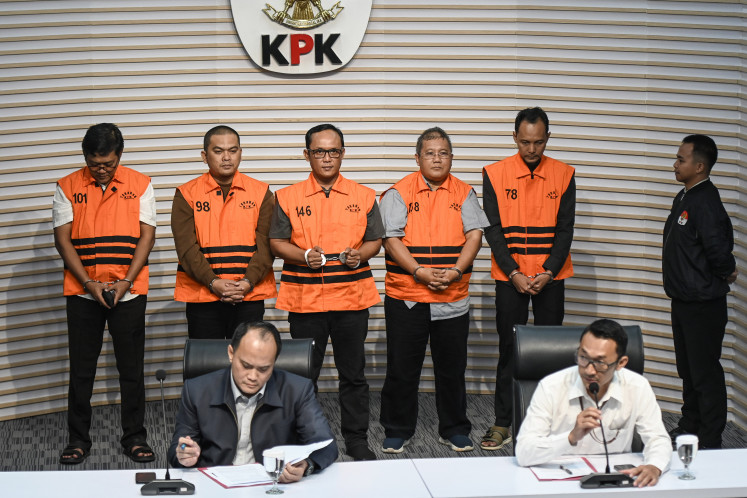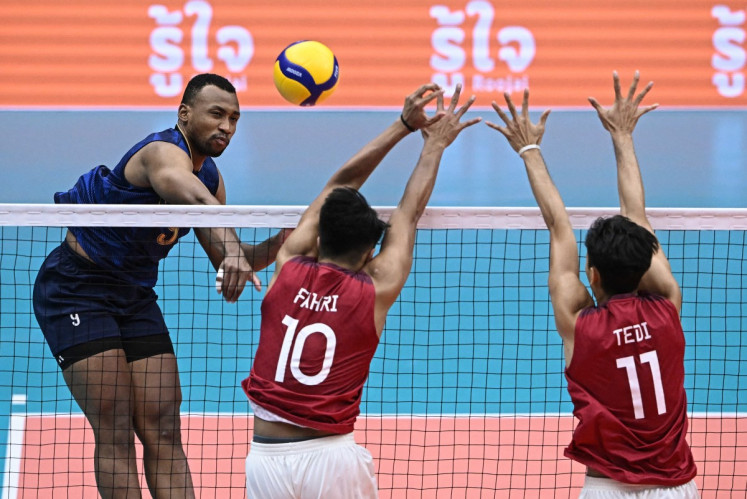Popular Reads
Top Results
Can't find what you're looking for?
View all search resultsPopular Reads
Top Results
Can't find what you're looking for?
View all search resultsCulture, not construction, drives tourism success
Modern tourists seek more than just a place to stay: they want stories and experiences.
Change text size
Gift Premium Articles
to Anyone
W
hile Indonesia spends billions on tourism infrastructure, neighbors like Thailand and Malaysia continue to dominate Southeast Asia’s tourism sector, boasting higher visitor satisfaction, longer stays and stronger performance. Despite significant investments, Indonesia’s tourism sector still lags its regional competitors.
This raises a critical question: Why does massive spending yield such a limited impact? It introduces the modern tourism problem, where investment alone is no longer enough, but knowing where to invest is. Modern tourists seek more than just a place to stay: they want stories and experiences. The vision for Indonesian tourism, therefore, must shift from a construction-focused approach to a culture-driven one, or it risks falling further behind.
Indonesia’s recent tourism strategy resembles a construction company’s plan. The government focuses on infrastructure in super-priority destinations like Mandalika in West Nusa Tenggara and Lake Toba in North Sumatra. Millions of dollars have been invested. Yet, such massive spending has delivered little more than modest growth.
Consider this case: In 2024, Thailand attracted 35 million visitors despite lower infrastructure spending, generating US$42.7 billion in revenue, while Indonesia's heavy investments yielded only 13.9 million tourists and $16.7 billion in revenue, amid lower satisfaction and return rates. These are proof that we have fundamentally failed to address what really matters.
Successful countries achieve better spending-to-earnings ratios by implicitly following the principles of service-dominant logic (SDL), a theory that emphasizes tourism value is not delivered through physical structures but is cocreated through experiences. They understand that modern tourists are not passive consumers, but active participants in shaping their own journeys and deriving tourism value from it. Hence, an obsession with infrastructure seems misaligned. It does not create the main value of tourism, nor does it attract long-term visitors.
Research indicates that ambiance and social interaction contribute more to visitor satisfaction than physical structures. Research also found that these factors account for the majority of tourist happiness, emphasizing the importance of emotional aspects over physical ones. This highlights why cultural depth creates lasting appeal.
Now, imagine walking through a busy night market at your destination. You will encounter vibrant energy, aromatic street food, lively vendor chatter and other elements that create lasting memories. Those elements created emotional bonds and loyalty through interaction and experiences, not physical structure.

